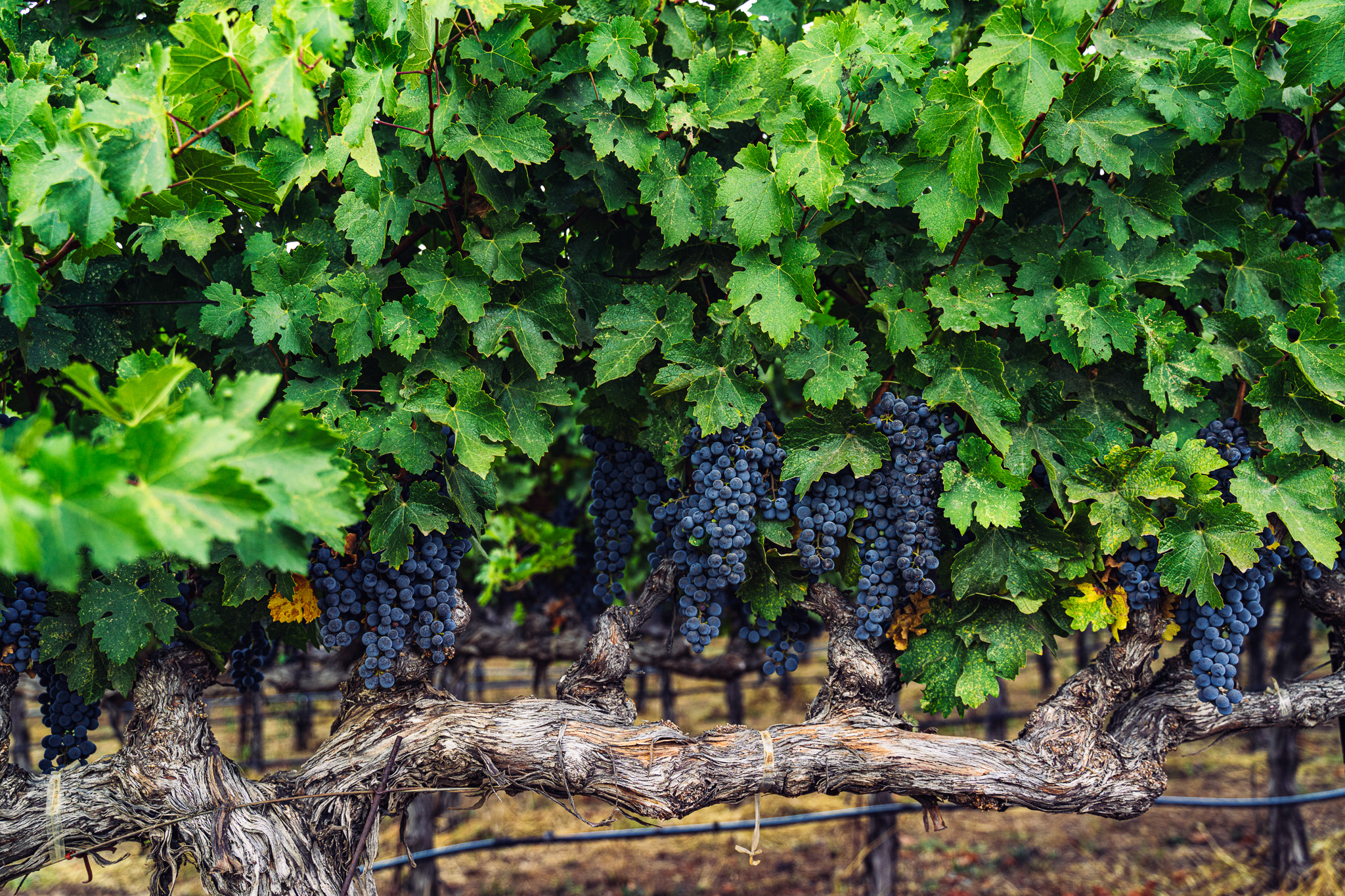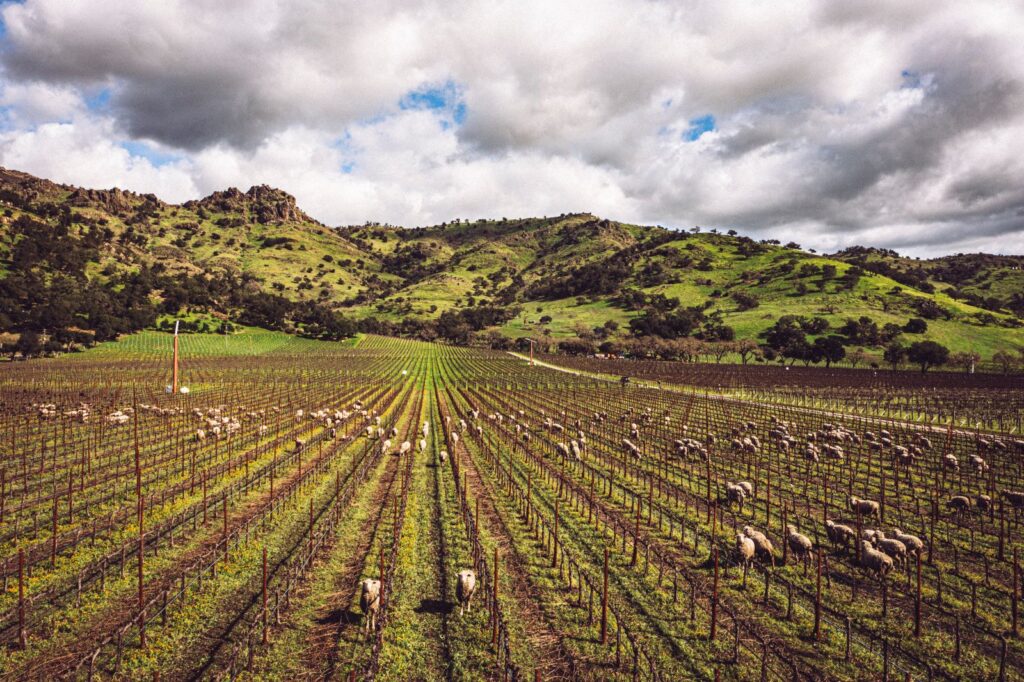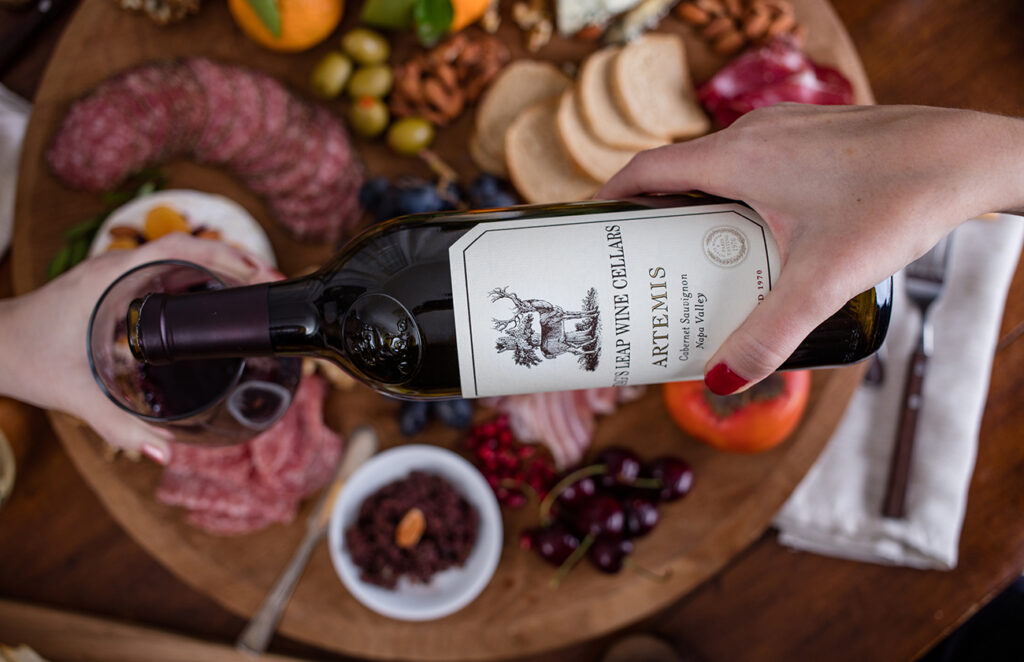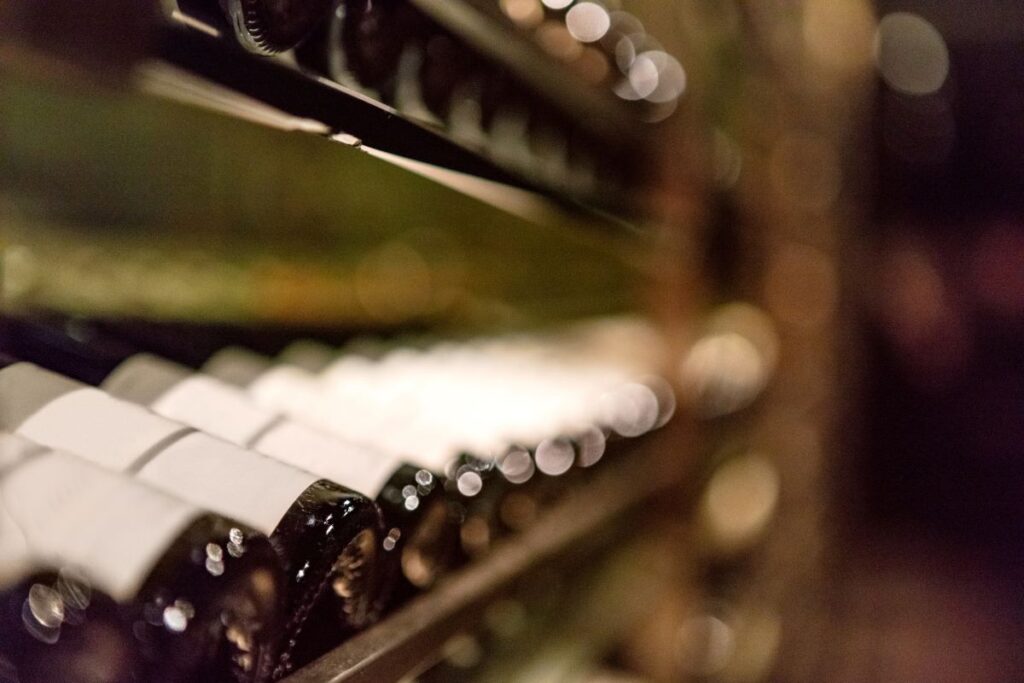
How Stag’s Leap Wine Cellars’ Wines are Ageable
There are many factors to consider when purchasing a wine that you plan to lay down in the cellar for years or decades. One of the most important is the location of the vineyards from which the wine is crafted.
Stag’s Leap Wine Cellars is perfectly situated in Napa Valley within the Stags Leap District AVA, which is known for its warm to hot summer afternoons that help perfectly ripen Cabernet Sauvignon, combined with cool winds that sweep in through Napa Valley in the late afternoons from nearby San Pablo Bay. This diurnal pattern repeats itself daily from May through October and allows our grapes to develop their complexity of dark, rich fruit flavors while the cooling effect of the fog and breeze provides the grapes balance with mouth-watering acidity. This balance from Mother Nature, along with the overall terroir at Stag’s Leap Wine Cellars, is one of the many reasons you can count on our wines to go the distance in the cellar. While Winemaker Marcus Notaro and his team craft wines that are enjoyable upon release, they are also meant to be enjoyed upon release. So pour yourself a glass of Stag’s Leap Wine Cellars while you read and learn more about cellaring and aging wines.
Cheers!
The Role of Tannins, Acidity, and Fruit
Tannins play a crucial role in the aging process of wine. These compounds, primarily found in the skins, seeds, and stems of grapes, contribute to the wine’s structure, texture, and aging potential. Tannins act as a natural preservative, helping the wine to evolve and develop complex flavors over time. Grape varieties with higher tannin levels, such as Cabernet Sauvignon, are often well-suited for cellaring, as the tannins provide the wine with the necessary structure and balance to age gracefully.
In addition to tannins, acidity is another key factor in determining a wine’s cellaring potential. White wines with higher acidity levels, such as Riesling or Chardonnay, tend to age well due to their ability to preserve the wine’s freshness and vibrancy. Acidity also plays a crucial role in the development of complex flavors and aromas in wine, helping to create a well-rounded and harmonious wine.
Furthermore, wines such as our S.L.V. Estate Cabernet Sauvignon can also age beautifully. As these wines mature, the flavors and aromas evolve to become more complex and nuanced, adding depth to the wine. When selecting wines for cellaring, it’s important to consider not only the tannin and acidity levels but also the balance of fruit flavors. These elements will contribute to the wine’s overall aging potential and will give you a glimpse into how the wines will evolve in the future.
Overall, tannins, acidity, and fruit balance are key factors in determining a wine’s cellaring potential. Wines with higher tannin levels, acidity, and a good balance of fruit flavors are often well-suited for aging, as these elements work together to create a wine that is not only enjoyable to drink but also evolves and develops complexity over time.
Understanding the Essence of Cellaring Wine
Understanding the essence of cellaring wine goes beyond merely storing bottles in a cool, dark place. It’s a nuanced journey that demands patience, knowledge, and a deep appreciation for the transformation that unfolds over time. It’s a process where each bottle signifies a chapter in a story that gradually unfolds over the years. Our aim is to craft Cabernet Sauvignon that not only ages gracefully but also develops intricate flavors and aromas that please the senses.
Cellaring wine is akin to nurturing a living entity. It involves understanding the wine’s journey from grape to glass and how it evolves over time. Each bottle is a testament to the winemaker’s artistry and the vineyard’s terroir, encapsulating the essence of a particular vintage and capturing a moment in time that can be revisited years later. It’s a practice that requires foresight and a willingness to wait, knowing that the rewards will be well worth it in the end.
As we embark on this journey of cellaring, we invite you to join us in exploring the beauty of aged wines. From the anticipation of uncorking a bottle that has been patiently waiting in the cellar to the shared moments and memories that accompany each sip, cellaring wine is an experience like no other. Let’s raise a glass to the timeless art of cellaring wine and to the stories yet to be told by each bottle aged to perfection.
Choosing Wines for Cellaring
Selecting wines for cellaring requires careful consideration to ensure a rewarding experience when the time comes to uncork them. First, choose wines that you genuinely enjoy drinking. Since cellaring is a long-term commitment, it’s crucial to select bottles that you’ll be excited to open in the future. Consider your preferences for red wines or white wines, bold or subtle flavors, and the occasions where you envision enjoying them.
Secondly, researching the cellaring potential of different varietals and styles can help you make informed decisions. Some wines, like Cabernet Sauvignon and Chardonnay, are renowned for their ability to improve with age. These wines often have high acidity and tannin levels, which contribute to their longevity. On the other hand, wines that are meant to be enjoyed young, such as Beaujolais Nouveau or most Rosés, may not benefit from cellaring and can even deteriorate over time.
Additionally, consider the storage conditions for your cellared wines. Proper storage in a cool, dark, and humid environment is essential for allowing the wine to mature gracefully. While it’s certainly not required, investing in a wine fridge can help maintain the ideal conditions for aging wine. And if you’re fortunate enough to have space to build a dedicated “cellar” in your home, even better. Depending on where you live, there may also be off-site wine storage options available to you.
By carefully selecting wines that you enjoy and researching their cellaring potential, you can create a stellar collection that brings joy and anticipation as each bottle (or case!) ages to perfection.
Looking for more tips on cellaring? Discover Marcus’s wine Rule of Three.




